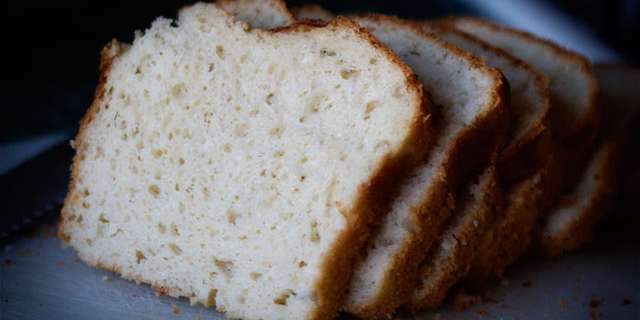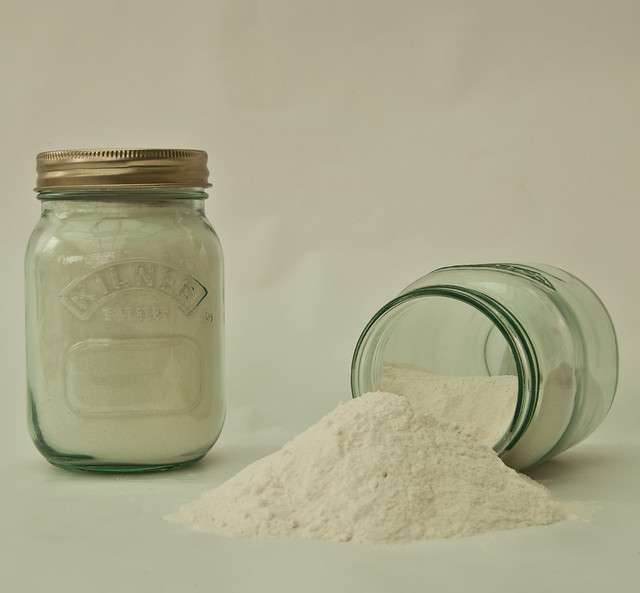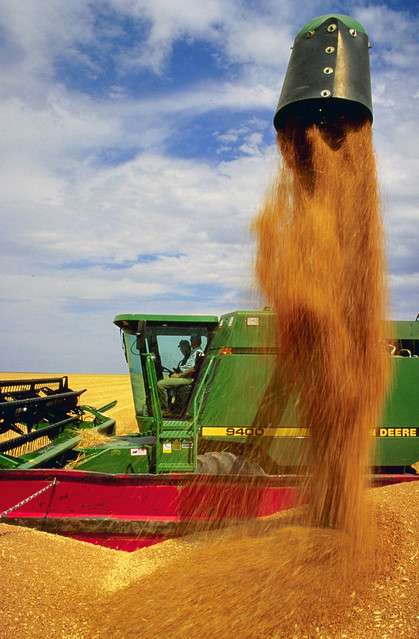
Spectral analysis plays an important role in the evaluation of baked goods and raw materials and can measure the uniformity and quality of these products. Image Source: Flickr user Shimelle Laine
Flour is a staple that serves as the foundation for many baked goods and products. Many of these baked goods rely on spectral analysis to maintain uniform color. Controlling the color of the raw materials that are used in the production of baked goods is the first step towards consistency and uniformity. Since even slight variations in color can have a major overall effect, this uniformity is of the utmost importance to the finished product.
Flour production is a complex process that requires many steps of analysis. Spectrophotometers are often used to analyze flour color in addition to other key elements of flour. Flour is a biological product, so the raw materials that constitute it often come from a variety of sources. When manufacturing and developing flour, these raw materials can vary greatly and must be evaluated for protein quality and quantity, moisture level, ash content, color, and other physical properties. Spectral analysis provides an effective and efficient method of measurement for many of these properties; so much so, that the analysis of every property can be achieved with one simple tool: the spectrophotometer.



